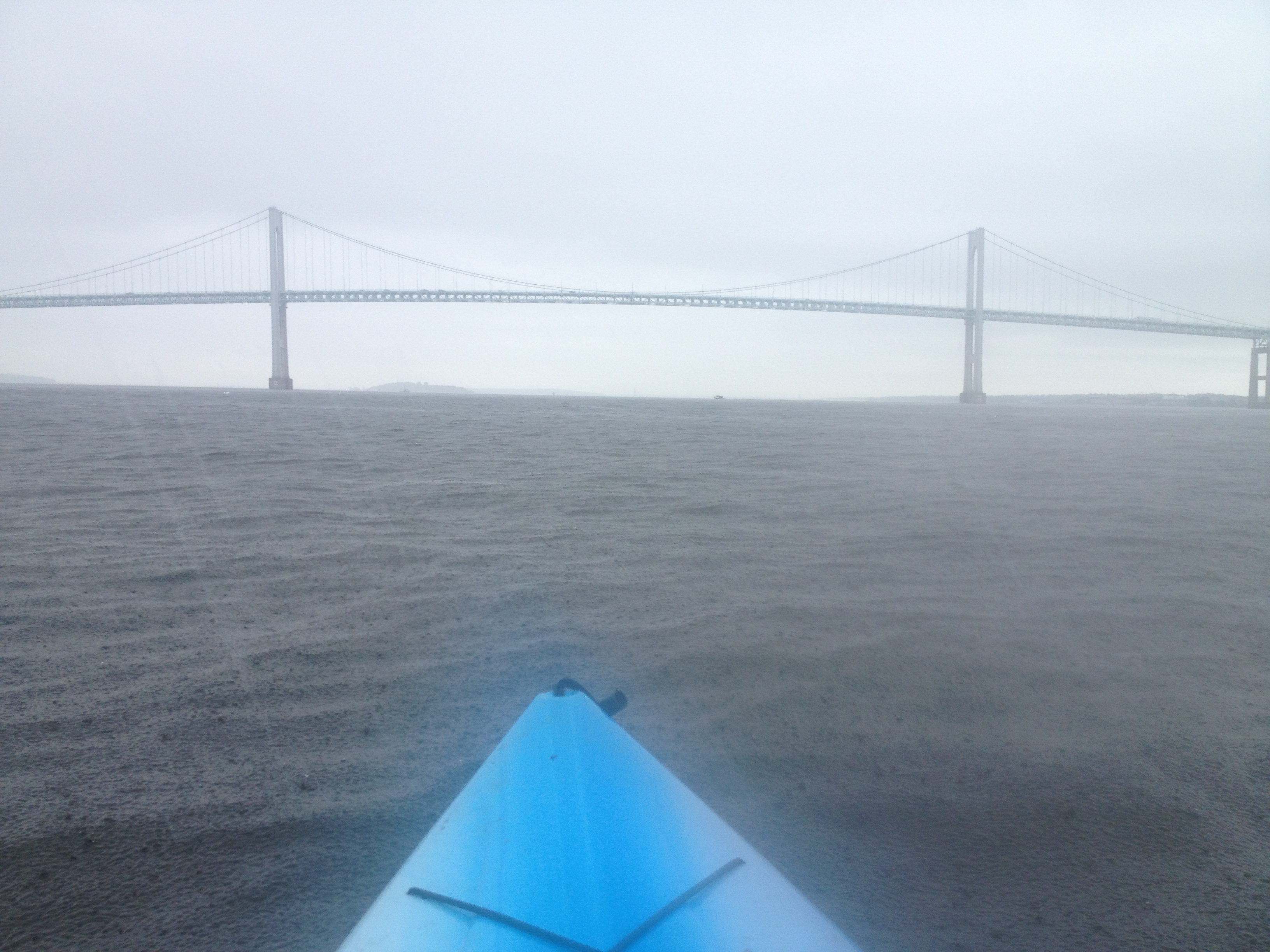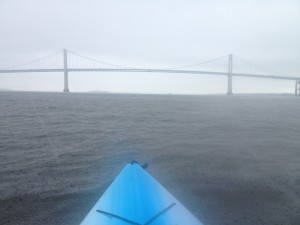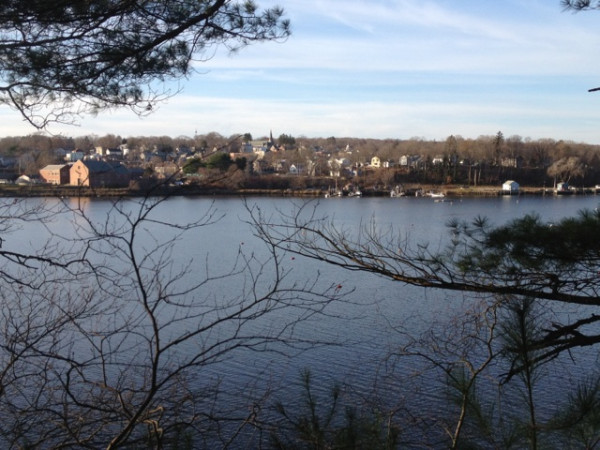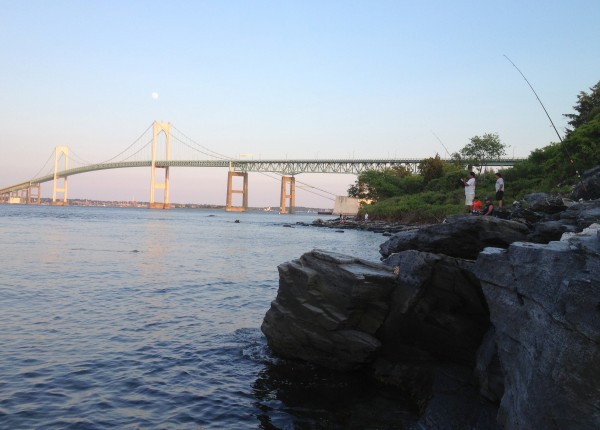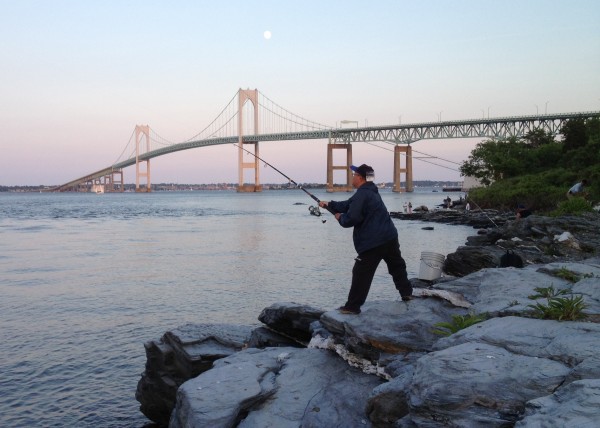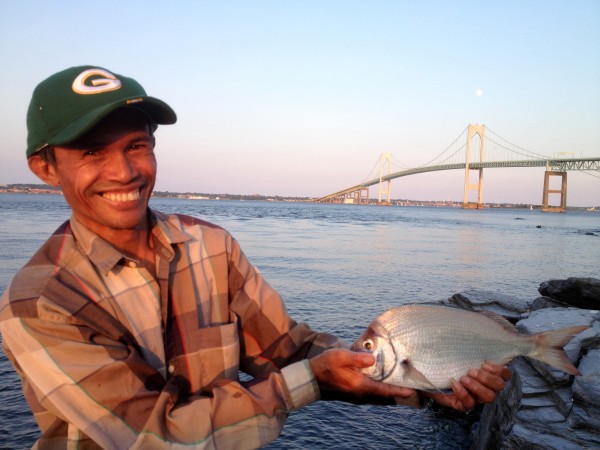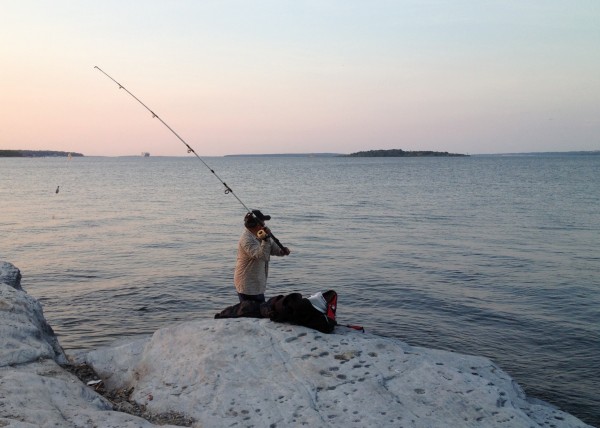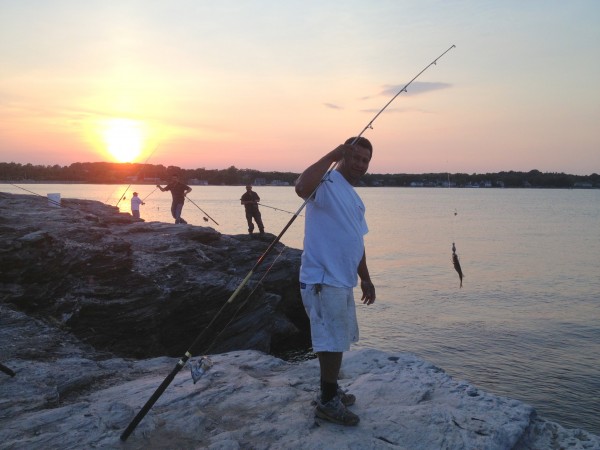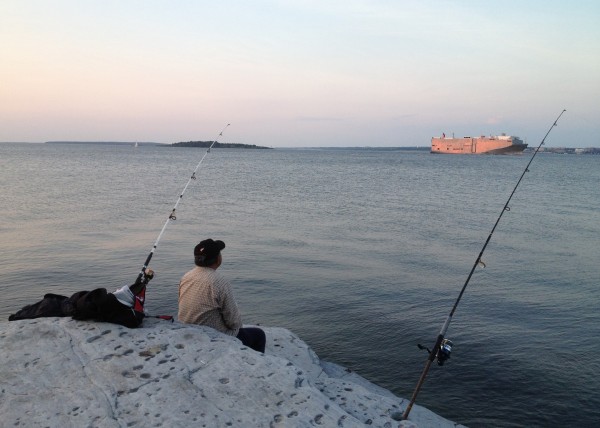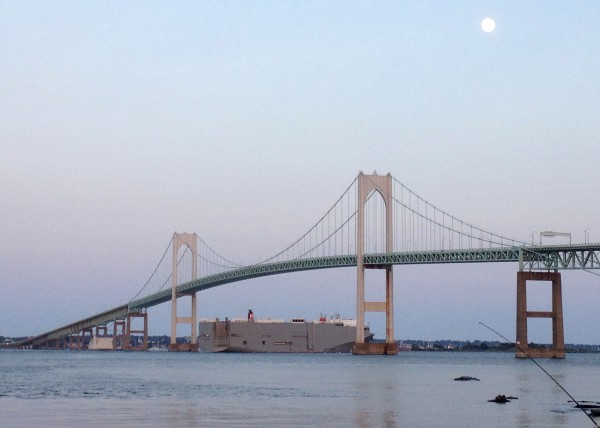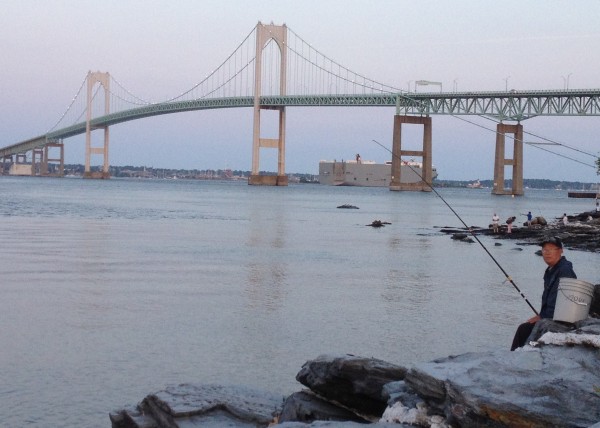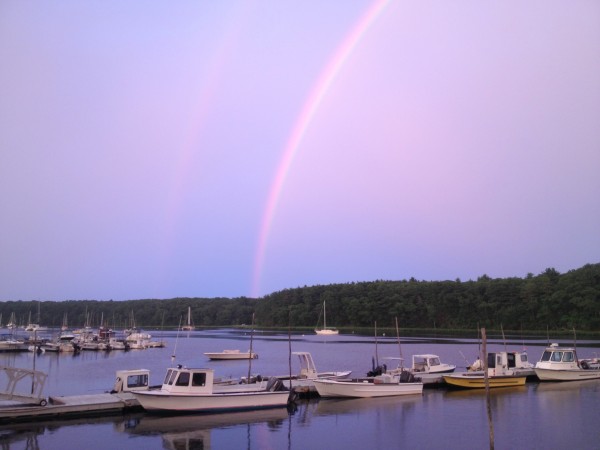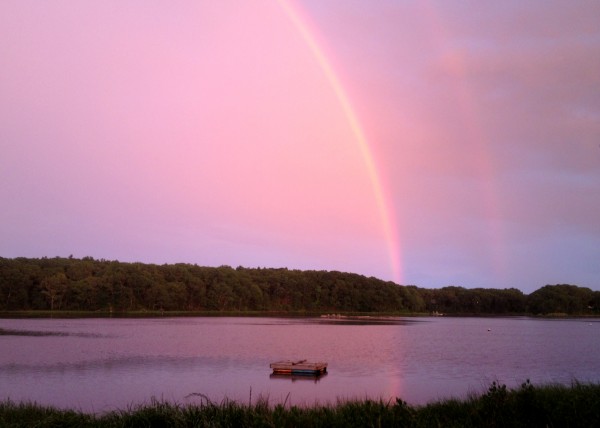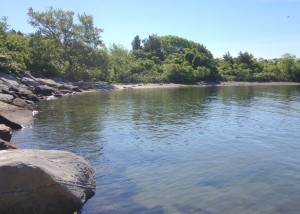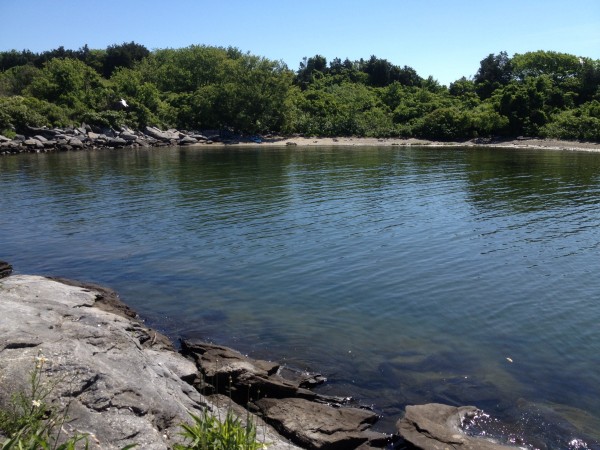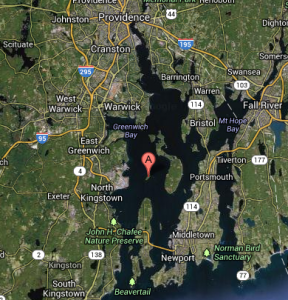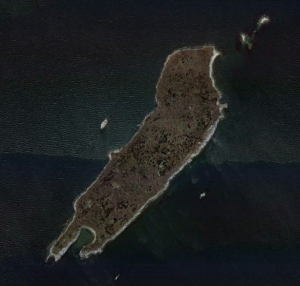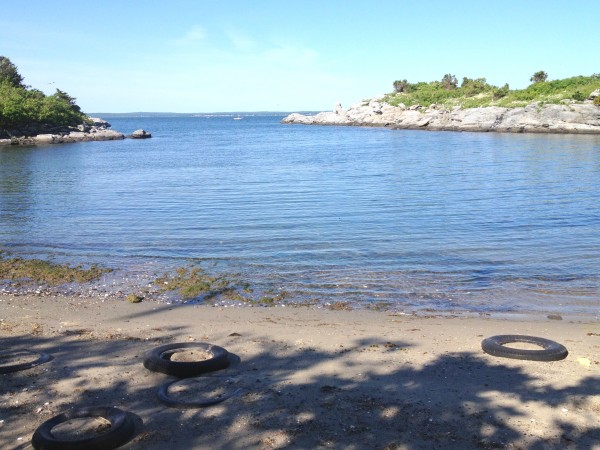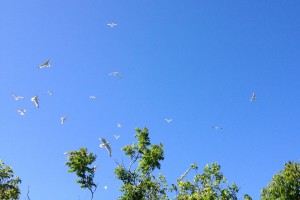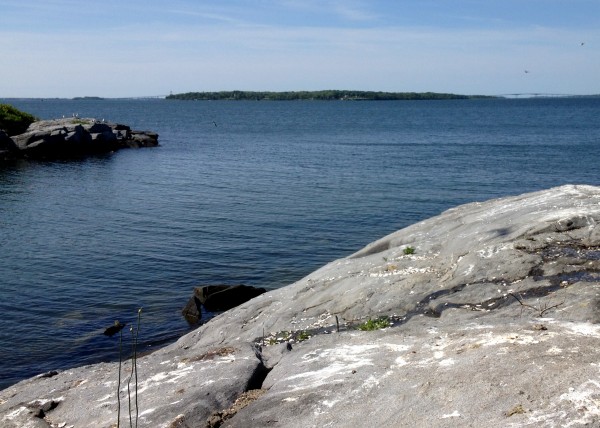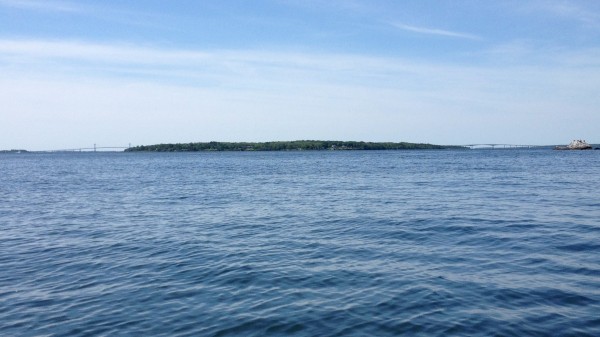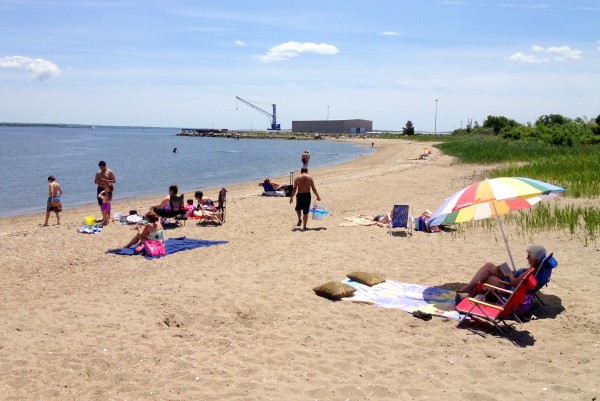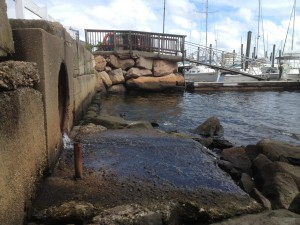
State legislators from around the West Bay and Save The Bay are holding an event Wednesday to bring attention to the high number of beach closures this year and the potential of another devastating fish kill in Upper Narragansett Bay and Greenwich Bay this summer.
“Beach closures are running at a record-breaking pace this summer. Growing dead zones are setting up the Bay for a low-oxygen event as severe and widespread as the Greenwich Bay fishkill that occurred 10 years ago,” according to a press release from Save The Bay. ”
Tom Kutcher and Jonathan Stone of Save The Bay will be joined by progressive state Reps. Teresa Tanzi, of Narragansett, Frank Ferri, of Warwick and Art Handy of Cranston at Oakland Beach on Greenwich Bay in Warwick, not far from where similarly hypoxic conditions in 2003 killed more than million fish.
Hypoxia is the scientific term for low oxygen levels in water. In Narragansett Bay, it is caused when lawn fertilizer pet waste and other non-point sources of nitrogen leach into The Bay and cause rapid plant growth that starves fish and other sea creatures of oxygen.
“Rhode Island depends on Narragansett Bay for recreation and commerce,” said the release. “An unhealthy Bay limits economic and recreational opportunities.”
RI Future early last week that beach closures “have been alarmingly high this year.” We also reported last week that DEM officials were concerned about the potential for another fish kill, like the one that happened in 2003.


